9.12.2023
Northrop Grumman cargo spacecraft named for shuttle-era astronaut who died of plane crash injuries

Northrop Grumman's NG-20 Cygnus resupply spacecraft, named the S.S. Patricia "Patty" Hilliard Robertson, is moved in the Space Station Processing Facility at NASA's Kennedy Space Center in Florida as it is prepared for its launch on a SpaceX Falcon 9 rocket to the International Space Station in 2024. (NASA/Ben Smegelsky)
An astronaut who died from injuries sustained in a plane crash before she could launch to the International Space Station (ISS) is being memorialized with the naming of Northrop Grumman's first cargo spacecraft to fly on a SpaceX rocket.
The S.S. Patricia "Patty" Hilliard Robertson is targeted to lift off no earlier than Jan. 29, 2024, atop a Falcon 9 launch vehicle from Cape Canaveral Space Force Station in Florida. After a two-day rendezvous, the Cygnus supply ship will be captured by the space station's robotic arm and berthed to the Earth-facing port on the Unity node for the Expedition 70 crew to unload.
"At Northrop Grumman, we're proud to support NASA and the astronauts aboard the International Space Station by delivering crew supplies, equipment and scientific experiments with our Cygnus spacecraft," said Doug Hurley, Northrop Grumman's director of business development and former NASA astronaut, in a video statement. "Before each mission, we name Cygnus after a trailblazer in the space community."
A medical doctor and space medicine fellow, Robertson was also a multi-engine rated flight instructor and avid aerobatic pilot with more than 1,500 hours of flight time. On May 22, 2001, two years after she had been chosen to become a NASA astronaut and completed her basic training, Robertson was in a small private-plane crash in Manvel, Texas.
Two days later, she died as a result of her injuries.
"At just 38 years old at the time of her death, she had already achieved so much and her legacy in medicine, aviation and space exploration continues to inspire generations that have followed," said Hurley.
Robertson was supporting the ISS Expedition 2 crew, coordinating activities between the Astronaut Office and Mission Control, when she died. She was expected to be assigned to her own flight to the space station the following year.
"Members of Patty's astronaut class brought a photo of her on their space shuttle mission, along with her NASA name tag as a tribute," Hurley said, referring to a memorial display that remains aboard the space station to this day.
One of those same classmates, Tracy Caldwell-Dyson is scheduled to launch to the ISS while the S.S. Patricia "Patty" Hilliard Robertson is berthed at the station.
The Robertson is Northrop Grumman's 20th Cygnus spacecraft to fly since its first demonstration mission in September 2013. Over the past 10 years, the company has delivered more than 138,000 pounds (63,000 kilograms) of cargo to the space station.
The NG-20 Cygnus will deliver food, supplies and equipment to the Expedition 70 crew, including the first surgical robot to operate on the ISS and an orbit re-entry platform that collects thermal protection systems data. Other investigations aboard the Robertson include a 3D cartilage cell culture that maintains healthy cartilage in a lower gravity environment and the European Space Agency's (ESA) Metal 3D printer, an autonomous semiconductor manufacturing platform.
Northrop Grumman contracted with SpaceX to launch three Cygnus missions as the company transitions its Antares rocket from using Russian-built engines to U.S.-based engines developed with Firefly Aerospace. The new Antares 330 is expected to be ready by the end of 2024.
The S.S. Patricia "Patty" Hilliard Robertson is the sixth Cygnus to be named for a woman and the second to honor a member of NASA's 17th group of astronauts selected in 1998. Robertson's classmate Alan "Dex" Poindexter, who died in 2012 as result of injuries suffered in a water sports accident, was similarly memorialized in 2016.
Other past namesakes have included former company executive J.R. Thompson, U.S. Air Force Manned Orbiting Laboratory (MOL) candidate Robert Lawrence, NASA mathematician Katherine Johnson and NASA astronauts David Low, Gordon Fullerton, Janice Voss, Deke Slayton, John Glenn, Gene Cernan, John Young, Roger Chaffee, Alan Bean, Ellison Onizuka, Piers Sellers and Sally Ride.
The most recent Cygnus, which was launched in August and remains at the space station, was named the S.S. Laurel Clark after the STS-107 mission specialist who died on the space shuttle Columbia in 2003.

NASA (left) and Northrop Grumman mission patches for the NG-20 S.S. Patricia "Patty" Hilliard Robertson. (NASA/Northrop Grumman)

NASA astronaut Patricia Hilliard "Patty" Robertson. (NASA)
Quelle: CS
----
Update: 18.01.2024
.
Science Launches to Space Station on NASA’s 20th Northrop Grumman Mission
Tests of a 3D metal printer, semiconductor manufacturing, and thermal protection systems for reentry to Earth’s atmosphere are among the scientific investigation that NASA and international partners are launching to the International Space Station on Northrop Grumman’s 20th commercial resupply services mission. The company’s Cygnus cargo spacecraft is scheduled to launch on a SpaceX Falcon 9 rocket from Cape Canaveral Space Force Station in Florida by late January.
Read more about some of the research making the journey to the orbiting laboratory:
3D Printing in Space
An investigation from ESA (European Space Agency), Metal 3D Printer tests additive manufacturing or 3D printing of small metal parts in microgravity.
“This investigation provides us with an initial understanding of how such a printer behaves in space,” said Rob Postema of ESA. “A 3D printer can create many shapes, and we plan to print specimens, first to understand how printing in space may differ from printing on Earth and second to see what types of shapes we can print with this technology. In addition, this activity helps show how crew members can work safely and efficiently with printing metal parts in space.”
Results could improve understanding of the functionality, performance, and operations of metal 3D printing in space, as well as the quality, strength, and characteristics of the printed parts. Resupply presents a challenge for future long-duration human missions. Crew members could use 3D printing to create parts for maintenance of equipment on future long-duration spaceflight and on the Moon or Mars, reducing the need to pack spare parts or to predict every tool or object that might be needed, saving time and money at launch.
Advances in metal 3D printing technology also could benefit potential applications on Earth, including manufacturing engines for the automotive, aeronautical, and maritime industries and creating shelters after natural disasters.
A team led by Airbus U.S. Space & Defence and Space SAS under a contract with ESA developed the investigation.
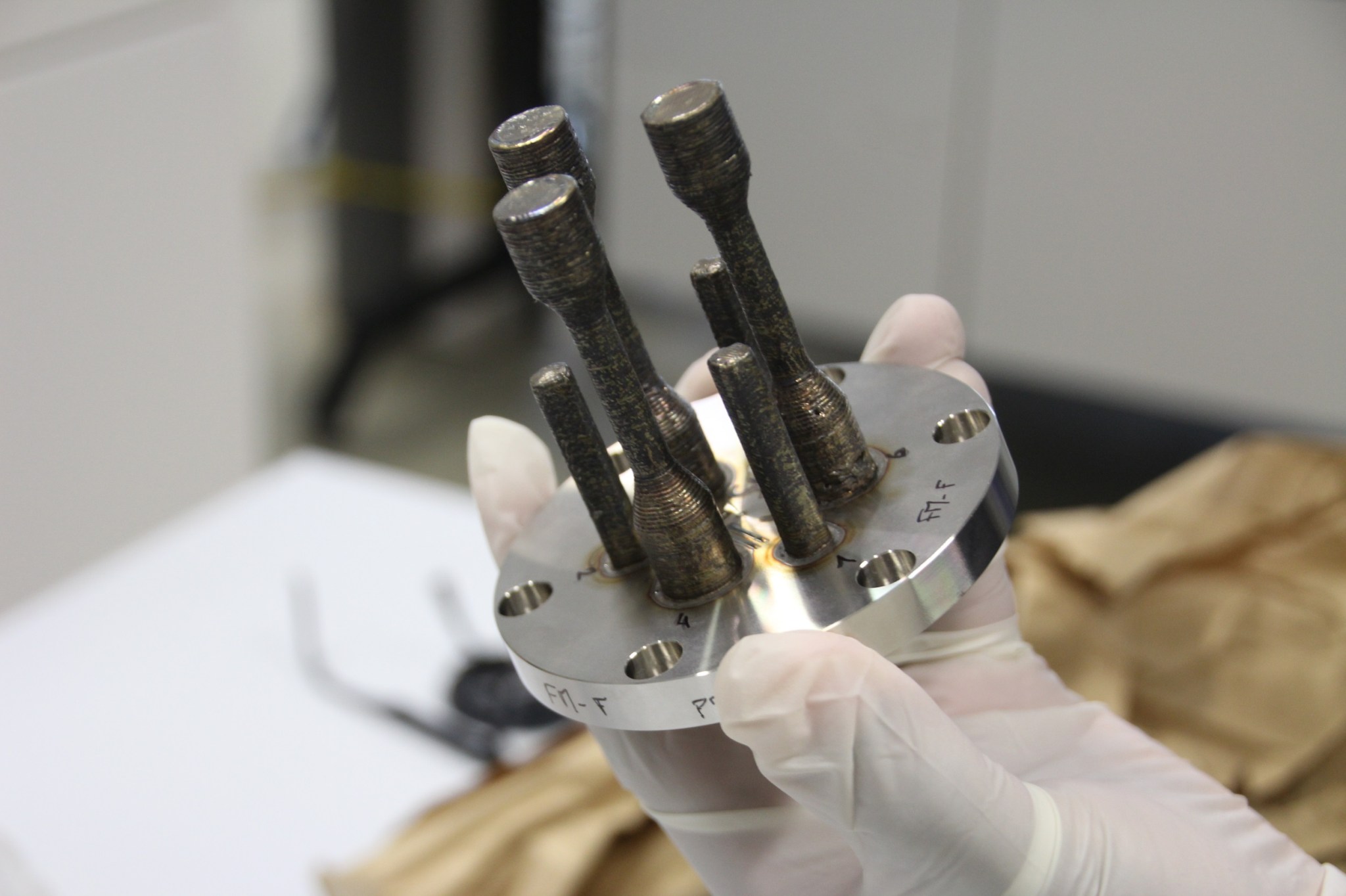
Semiconductor Manufacturing in Microgravity
Manufacturing of Semiconductors and Thin-Film Integrated Coatings (MSTIC) examines how microgravity affects thin films that have a wide range of uses.
“The potential for producing films with superior surface structures and the broad range of applications from energy harvesting to advanced sensor technology are particularly groundbreaking,” said Alex Hayes of Redwire Space, which developed the technology. “This represents a significant leap in space manufacturing and could herald a new era of technological advancements with wide-reaching implications for both space exploration and terrestrial applications.”
This technology could enable autonomous manufacturing to replace the many machines and processes currently used to make a wide range of semiconductors, potentially leading to the development of more efficient and higher-performing electrical devices.
Manufacturing semiconductor devices in microgravity also may improve their quality and reduce the materials, equipment, and labor required. On future long-duration missions, this technology could provide the capability to produce components and devices in space, reducing the need for resupply missions from Earth. The technology also has applications for devices that harvest energy and provide power on Earth.
“While this initial pilot program is designed to compare thin films produced on Earth and in space, the ultimate goal is to expand to producing a diverse range of production areas within the semiconductor field,” Hayes said.
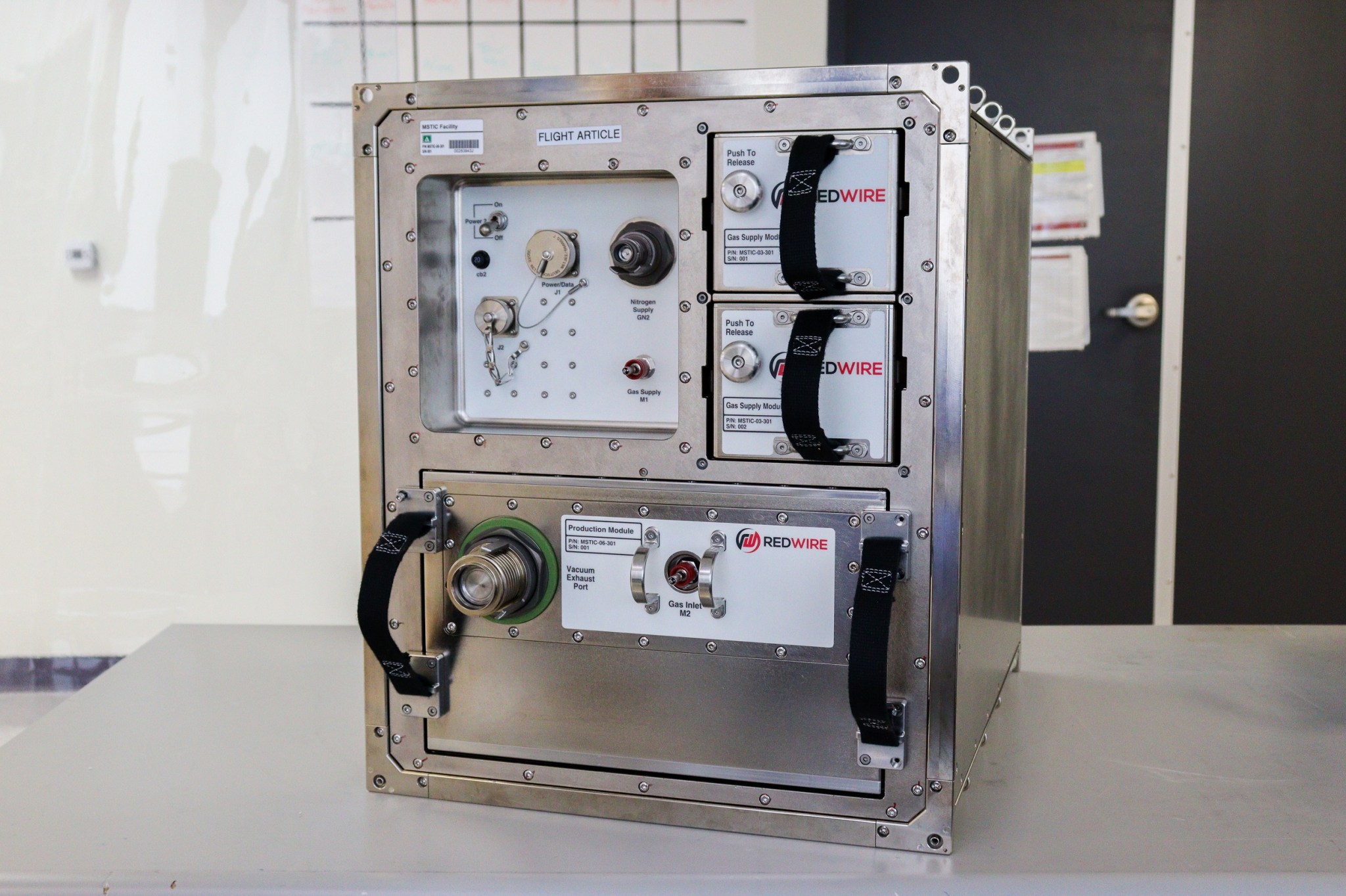
Modeling Atmospheric Re-entry
Scientists who conduct research on the space station often return their experiments to Earth for additional analysis and study. But the conditions that spacecraft experience during atmospheric reentry, including extreme heat, can have unintended effects on their contents. Thermal protection systems used to shield spacecraft and their contents are based on numerical models that often lack validation from actual flight, which can lead to significant overestimates in the size of system needed and take up valuable space and mass. Kentucky Re-entry Probe Experiment-2 (KREPE-2), part of an effort to improve thermal protection system technology, uses three capsules outfitted with different heat shield materials and a variety of sensors to obtain data on actual reentry conditions.
“Building on the success of KREPE-1, we have improved the sensors to gather more measurements and improved the communication system to transmit more data,” said principal investigator Alexandre Martin at the University of Kentucky. “We have the opportunity to test several heat shields provided by NASA that have never been tested before, and another manufactured entirely at the University of Kentucky, also a first.”
The capsules can be outfitted for other atmospheric re-entry experiments, supporting improvements in heat shielding for applications on Earth, such as protecting people and structures from wildfires.
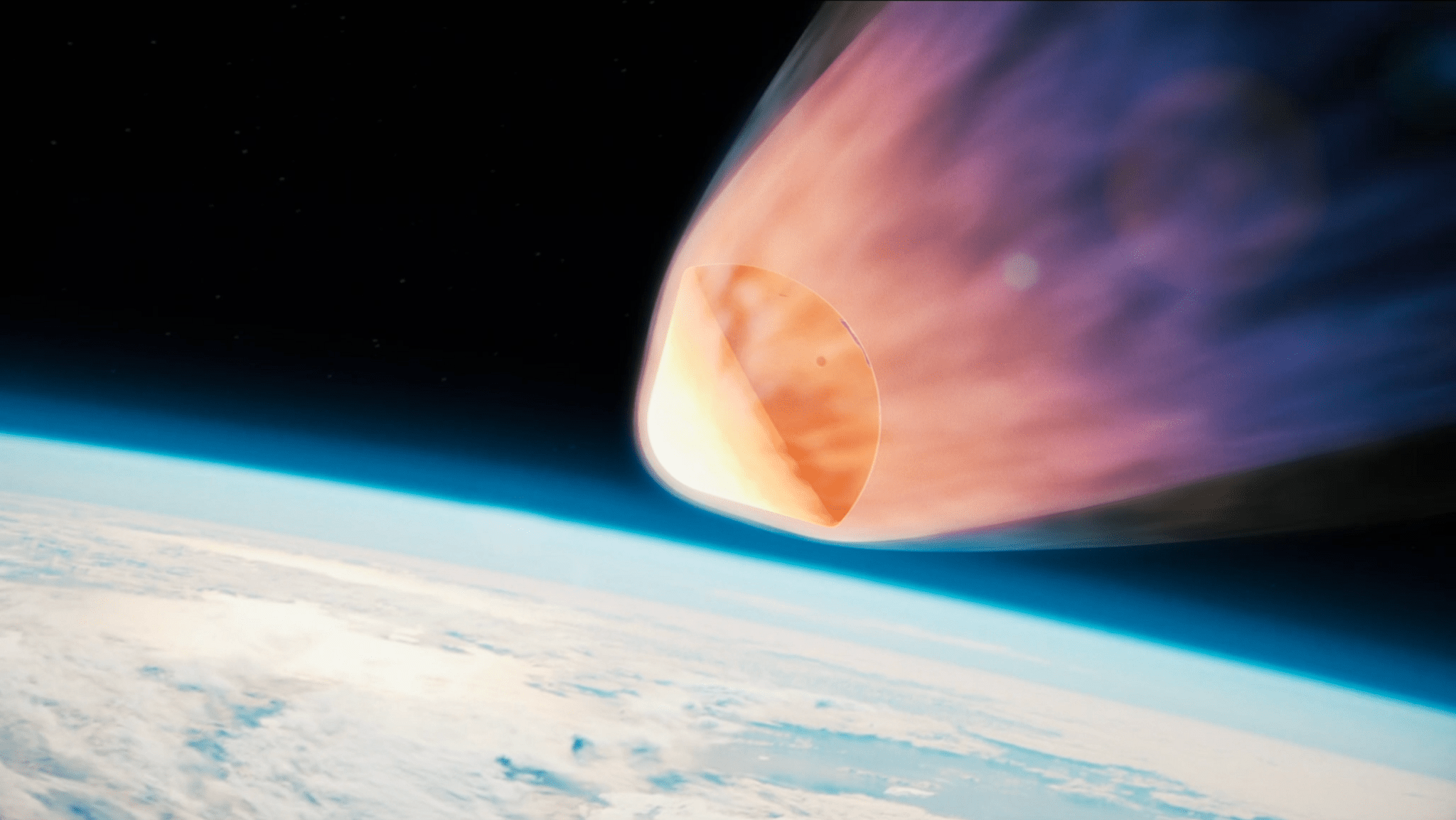
Remote Robotic Surgery
Robotic Surgery Tech Demo tests the performance of a small robot that can be remotely controlled from Earth to perform surgical procedures. Researchers plan to compare procedures in microgravity and on Earth to evaluate the effects of microgravity and time delays between space and ground.
The robot uses two “hands” to grasp and cut simulated surgical tissue and provide tension that is used to determine where and how to cut, according to Shane Farritor, chief technology officer at Virtual Incision Corporation, developer of the investigation with the University of Nebraska.
Longer space missions increase the likelihood that crew members may need surgical procedures, whether simple stiches or an emergency appendectomy. Results from this investigation could support development of robotic systems to perform these procedures. In addition, the availability of a surgeon in rural areas of the country declined nearly a third between 2001 and 2019. Miniaturization and the ability to remotely control the robot may help to make surgery available anywhere and anytime.
NASA has sponsored research on miniature robots for more than 15 years. In 2006, remotely operated robots performed procedures in the underwater NASA’s Extreme Environment Mission Operations (NEEMO) 9 mission. In 2014, a miniature surgical robot performed simulated surgical tasks on the Zero-G parabolic airplane.
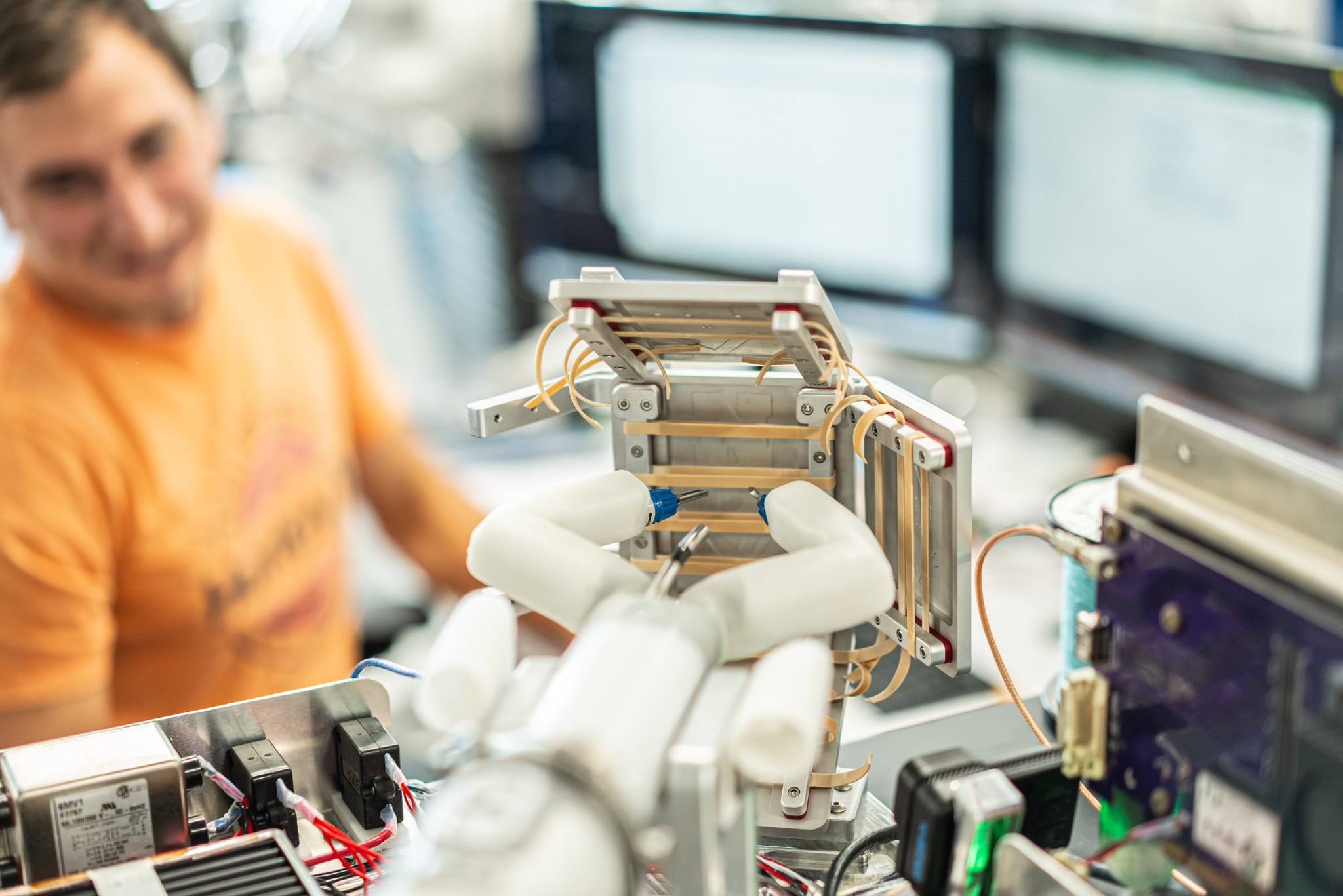
Growing Cartilage Tissue in Space
Compartment Cartilage Tissue Construct demonstrates two technologies, Janus Base Nano-Matrix (JBNm) and Janus Base Nanopiece (JBNp). JBNm is an injectable material that provides a scaffold for formation of cartilage in microgravity, which can serve as a model for studying cartilage diseases. JBNp delivers an RNA-based therapy to combat diseases that cause cartilage degeneration.
Cartilage has a limited ability to self-repair and osteoarthritis is a leading cause of disability in older patients on Earth. Microgravity can trigger cartilage degeneration that mimics the progression of aging-related osteoarthritis but happens more quickly, so research in microgravity could lead to faster development of effective therapies. Results from this investigation could advance cartilage regeneration as a treatment for joint damage and diseases on Earth and contribute to development of ways to maintain cartilage health on future missions to the Moon and Mars.
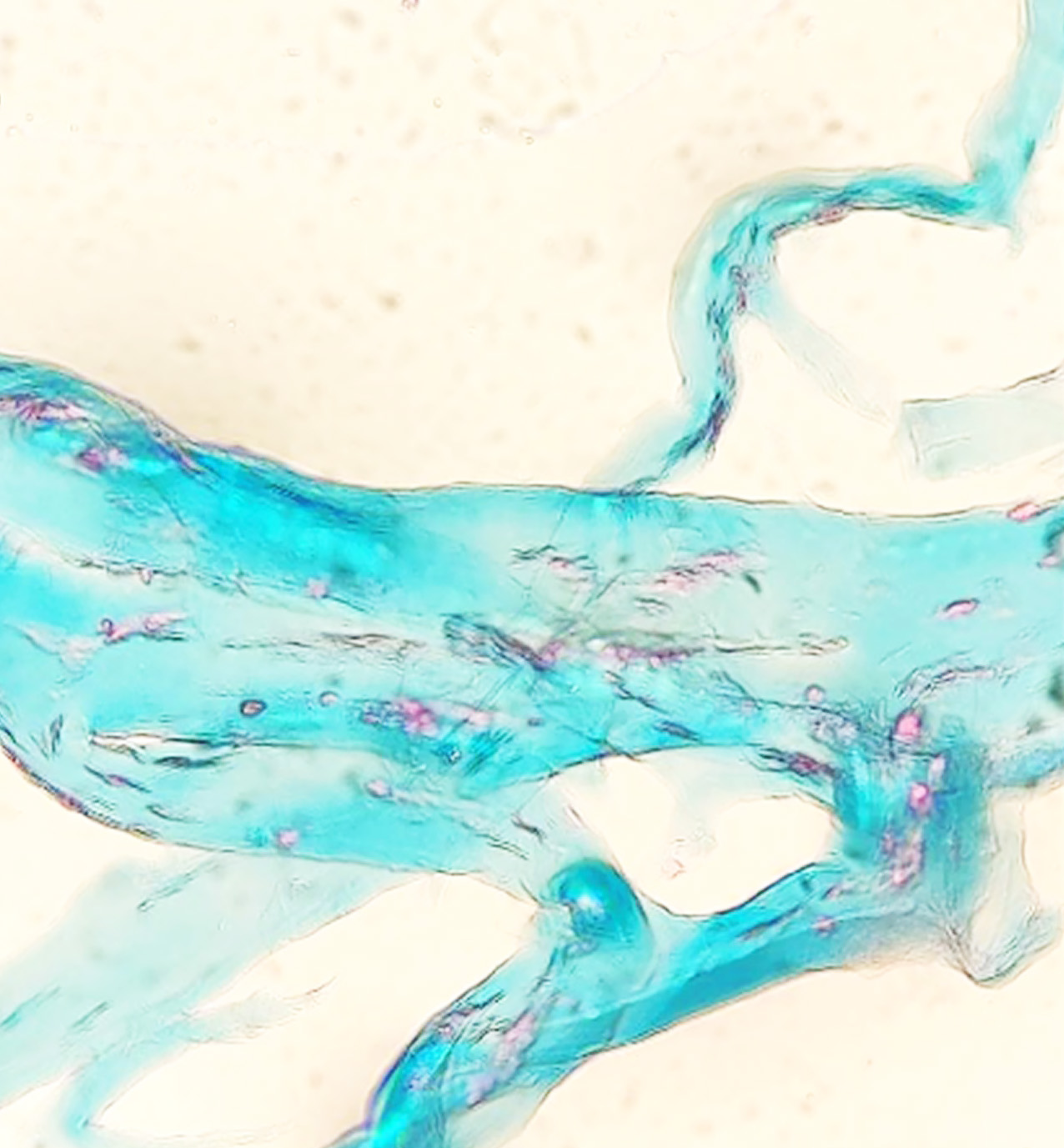
Launch Roundup – Northrop Grumman prepare the first Cygnus to fly on Falcon 9

Recent challenges with weather concerns and the movement of key flights such as USSF-52 and Axiom-3 have impacted Falcon 9 launch dates, not least Starlink Group 7-11 which scrubbed three times and is now awaiting launch on Tuesday.
SpaceX had two drone ships and the two fairing recovery ships in port for maintenance last week and is looking to launch nine Falcon 9s by the end of this month. This falls a little short of the target of 12 per month to make its ambitious goal of 144 flights this year, but there is plenty of time for cadence to increase.
With Starlink Group 6-38 being added late last week to the schedule from LC-39A, likely the final Falcon 9 launch of the month is expected the following day on Jan. 29 from the neighboring LC-40 pad. This significant launch is for the NG-20 cargo mission — the first time a Cygnus spacecraft will fly aboard this launcher. This is the first of three missions purchased with SpaceX to fulfill Northrop Grumman’s Phase 2 contract to supply the International Space Station (ISS) until the new Antares 330 vehicle becomes operational.
Northrop Grumman is currently readying the Cygnus cargo module for launch. On board will be several experiments including 3D printing of metal parts and semiconductors in microgravity, remote control robotic surgery, and three new capsules which will gather data on different heat shields as they re-enter the atmosphere.
The week ahead will also see Virgin Galactic send VSS Unity suborbital with another four paying customers. This is potentially the penultimate flight before operations pause and the company turns its attention to developing and testing its new Delta class vehicle.
Rocket Lab’s Electron will launch four space situational awareness satellites for its customer Spire which will deliver critical, and timely data for the first time to the satellite community including orbit tracking, collision avoidance, and proximity warnings.
Quelle: NSF
----
Update: 26.01.2024
.
NASA Sets Coverage for Northrop Grumman Cargo Space Station Mission

NASA, Northrop Grumman, and SpaceX are targeting 12:29 p.m. EST on Monday, Jan. 29, for the next launch to deliver science investigations, supplies, and equipment to the International Space Station for the agency and its partners. This launch is the 20th Northrop Grumman commercial resupply services mission to the orbital laboratory for the agency.
Live launch coverage will begin at 12:15 p.m. and air on NASA+, NASA Television, the NASA app, YouTube, and on the agency’s website, with prelaunch events starting Friday, Jan. 26. Learn how to stream NASA TV through a variety of platforms.
Filled with more than 8,200 pounds of supplies, the Cygnus cargo spacecraft, carried on the SpaceX Falcon 9 rocket, will launch from Space Launch Complex 40 at Cape Canaveral Space Force Station in Florida. It will arrive at the space station Wednesday, Jan. 31.
NASA coverage of rendezvous and capture will begin at 2 a.m., followed by installation coverage at 5 a.m. NASA astronaut Jasmin Moghbeli will capture Cygnus using the station’s robotic arm, and NASA astronaut Loral O’Hara will act as backup. After capture, the spacecraft will be installed on the Unity module’s Earth-facing port.
Highlights of space station research facilitated by delivery aboard this Cygnus are:
- the first surgical robot on the space station
- an orbit re-entry platform that collects thermal protection systems data
- a 3D cartilage cell culture that maintains healthy cartilage in a lower gravity
- the MSTIC facility, an autonomous semiconductor manufacturing platform
- and a metal 3D printer that will test the capability for printing small metal parts
Media interested in speaking to a subject matter expert about science aboard, should contact Sandra Jones at sandra.p.jones@nasa.gov.
The Cygnus spacecraft is scheduled to remain at the space station until May when it will depart the orbiting laboratory at which point it will harmlessly burn up in the Earth’s atmosphere. This spacecraft is named the S.S. Patricia “Patty” Hilliard Robertson after the former NASA astronaut.
NASA coverage of the mission is as follows (all times Eastern and subject to change based on real-time operations):
Friday, Jan. 26:
1 p.m. – The International Space Station National Lab will host a science webinar with the following participants:
- Lisa Carnell, director, NASA’s Biological and Physical Sciences Division
- Meg Everett, deputy scientist, NASA’s International Space Station Program
- Shane Farritor, co-founder and chief scientific officer, Virtual Incision Corporation
- Mark Fernandez, principal investigator of Spaceborne Computer-2, Hewlett Packard Enterprise
- Mary Murphy, director of programs, Nanoracks
- Michael Roberts, chief scientific officer, International Space Station National Lab
- Nicole Wagner, chief executive officer, LambdaVision
- Abba Zubair, medical director, Mayo Clinic
Media must register for the science webinar by 12 p.m., Jan. 26, at:
6 p.m. – Prelaunch media teleconference (no earlier than one hour after completion of the Launch Readiness Review) with the following participants:
- Dina Contella, operations integration manager, NASA’s International Space Station Program
- Meghan Everett, deputy program scientist, NASA’s International Space Station Program
- William Gerstenmaier, vice president, Build and Flight Reliability, SpaceX
- Cyrus Dhalla, vice president and general manager, tactical space systems, Northrop Grumman
- Arlena Moses, launch weather officer, Cape Canaveral Space Force Station’s 45th Weather Squadron
Media who wish to participate by phone must request dial-in information by 4 p.m. Jan. 26, by emailing Kennedy’s newsroom at ksc-media-accreditat@mail.nasa.gov.
Monday, Jan. 29:
- 12:15 p.m. – Launch coverage begins
- 12:29 p.m. – Launch
Wednesday, Jan. 31:
- 2 a.m. – Rendezvous coverage begins
- 3:35 a.m. – Capture of Cygnus with the space station’s robotic arm
- 5 a.m. – Cygnus installation operations coverage
NASA Television launch coverage
Live coverage of the launch on NASA Television will begin at 12:15 p.m., Jan. 29. For downlink information, schedules, and links to streaming video, visit: https://nasa.gov/nasatv.
Audio of the news teleconference and launch coverage will not be carried on the NASA “V” circuits. Launch coverage without NASA TV commentary via a tech feed will not be available for this launch.
NASA website launch coverage
Launch day coverage of the mission will be available on the NASA website. Coverage will include live streaming and blog updates beginning no earlier than 12:15 p.m., Monday, Jan. 29, as the countdown milestones occur. On-demand streaming video on NASA+ and photos of the launch will be available shortly after liftoff. For questions about countdown coverage, contact the NASA Kennedy newsroom at 321-867-2468. Follow countdown coverage on our International Space Station blog for updates.
Attend launch virtually
Members of the public can register to attend the launch virtually. Virtual guests will have access to curated resources, schedule changes, and mission-specific information straight to your inbox. Following each activity, virtual guests are sent a mission-specific collectable stamp for their virtual guest passport.
Quelle: NASA
----
Update: 28.01.2024
.
NASA Offers Virtual Activities for Northrop Grumman’s Next Resupply Mission

NASA invites the public to participate in virtual activities ahead of the launch of Northrop Grumman’s 20th commercial resupply services mission for the agency.
Mission teams are targeting 12:29 p.m. EST Monday, Jan. 29, for launch of Northrop Grumman’s Cygnus cargo spacecraft on a SpaceX Falcon 9 rocket from Space Launch Complex 40 at Cape Canaveral Space Force Station in Florida. Cygnus will deliver new science investigations, food, supplies, and equipment to the crew aboard the International Space Station.
Members of the public can register to attend the launch virtually. As a virtual guest, you have access to curated resources, schedule changes, and mission-specific information delivered straight to your inbox. Following each activity, virtual guests will receive a commemorative stamp for their virtual guest passport.
Live launch coverage will begin at 12:15 p.m. and air on NASA+, NASA Television, the NASA app, YouTube, and on the agency’s website, with prelaunch events starting Wednesday, Jan. 24. Learn how to stream NASA TV through a variety of platforms. For more information, follow NASA’s International Space Station blog.
Quelle: NASA
